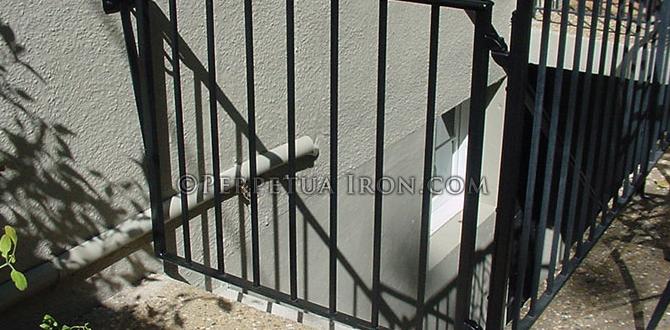Have you ever dreamed of growing fresh vegetables right in your backyard? Imagine stepping outside and picking ripe tomatoes for your salad. Creating raised beds for gardening can make this dream come true. But where do you start?
Many people think raised beds are complicated. In reality, they are simple and fun to make. With just a few materials, you can build a space that makes gardening easier. What if you could turn any patch of dirt into a beautiful garden?
Raised beds help keep plants safe from weeds and pests. They also warm up faster in the spring, giving you a head start on the growing season. Did you know that gardening can boost your mood and even make you healthier? Let’s explore how to make raised beds for gardening and turn your outdoor space into a vibrant mini-farm!
How To Make Raised Beds For Gardening: A Step-By-Step Guide
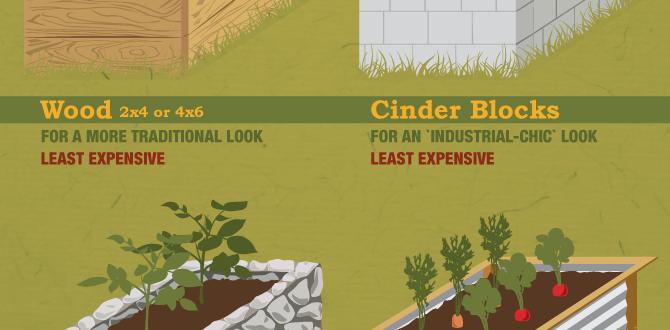
How to Make Raised Beds for Gardening
Raised beds make gardening easier and more productive. You can build them using wood, bricks, or stone. Begin by choosing a sunny spot in your yard. This will help your plants grow strong. Consider adding a layer of cardboard at the bottom to block weeds. Mix in good soil and compost for healthy plants. You can even grow flowers or vegetables. Imagine reaching fresh lettuce right from your garden! Raised beds not only save space but also make caring for your plants fun and rewarding.Benefits of Raised Garden Beds
Improved drainage and soil quality. Easier access and maintenance for gardeners.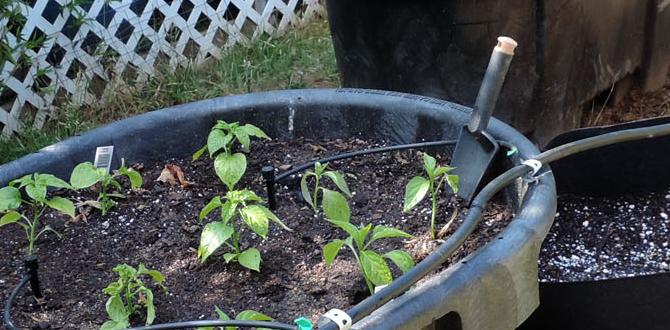
Raised garden beds are like a VIP lounge for plants! They offer better drainage and improve soil quality. This helps roots breathe and absorb water easily. You won’t need your trusty shovel as much since they make gardening easier, letting you reach your plants without the awkward bending. Plus, less back pain means more time for garden dance parties!
| Benefit | Description |
|---|---|
| Improved Drainage | No more soggy soil; they help rainwater flow away! |
| Easier Access | Gardening made comfy—reach your plants without a gym workout! |
Choosing the Right Location
Sunlight requirements and shade considerations. Proximity to water sources.Finding the best spot for your raised garden beds is key. Plants need sunlight to grow. Most love full sun, which means at least six hours of light daily. Consider nearby trees or buildings that may cast shadows. Also, think about water. Placing your beds close to a water source makes watering easier. This helps plants stay healthy.
How much sunlight do my plants need?
Different plants have different needs. Most vegetables thrive with six hours of sunlight.
Tips for choosing the right location:
- Check sunlight throughout the day.
- Avoid shaded areas.
- Position near a water source.
Remember, a little planning can lead to a great garden!
Selecting Materials for Your Raised Beds
Wood options: cedar, pine, and composite materials. Alternative materials: stone, metal, and recycled products.Choosing the right materials for your raised beds is important. You want something sturdy that looks nice too. Here are some great options:
- Cedar: Strong and resistant to rot.
- Pine: Cheap but needs treatment to last.
- Composite: Made from recycled materials, it won’t rot.
There are also cool alternatives:
- Stone: Natural and durable.
- Metal: Modern look, great for heat retention.
- Recycled products: Eco-friendly and unique.
Different materials can create beautiful gardens while helping the earth! So, think about your style and what fits your garden best.
What is the best wood for raised garden beds?
The best wood for raised garden beds is cedar. It lasts long and resists pests well.
Can you use treated wood for raised beds?
It’s best to avoid treated wood. It may have chemicals that can hurt plants.
Designing Your Raised Bed Layout
Determining dimensions and height for various crops. Utilizing space efficiently with grid systems.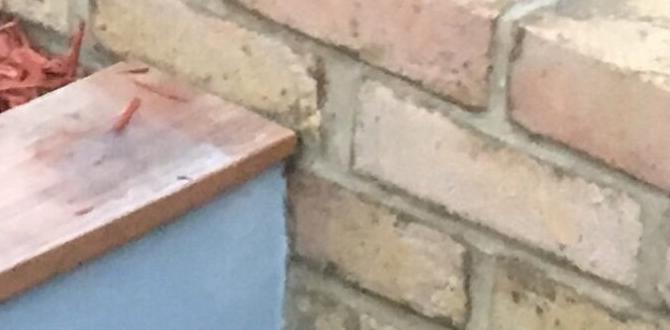
To make the most of your garden, it’s crucial to plan your raised bed layout. First, decide on the size and height of your beds. Taller beds are great for plants like tomatoes, while shorter ones fit bushes and herbs. Use space wisely by creating a grid. This method helps you plant in small, neat squares, so every spot counts.
- Square Foot Gardening: Plant each type in a square foot.
- Row Planting: Space crops evenly in rows.
- Vertical Gardening: Use trellises for climbing plants.
What are the best dimensions for raised beds?
The ideal size is 4 feet wide and 2 to 3 feet high. This setup makes it easy to reach the center without stepping in the bed.
Step-by-Step Construction Process
Tools and supplies needed for building. Assembly instructions for creating sturdy beds.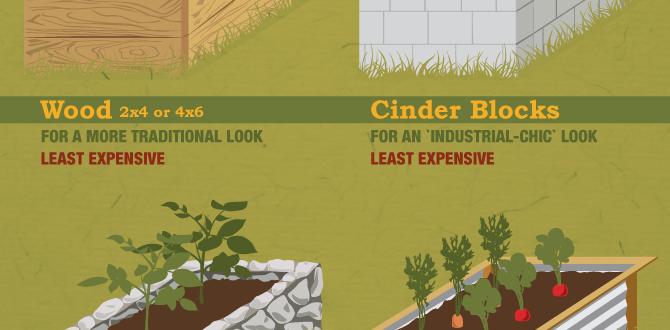
To build raised beds, gather some tools and supplies. You will need:
- Wood boards
- Drill
- Screws
- Measuring tape
- Soil
- Plants or seeds
Start by measuring the wood to your desired size. Then, cut the boards and attach them with screws. Make sure to create a strong frame. Finally, fill the bed with soil, and plant your favorite vegetables or flowers. Enjoy!
What tools do I need to build raised beds?
You need wood, a drill, screws, measuring tape, soil, and plants to make raised beds. These tools help you build sturdy and beautiful beds for your garden.
Soil Preparation for Raised Beds
Best soil mix for raised beds: components and ratios. Importance of soil amendments and nutrients.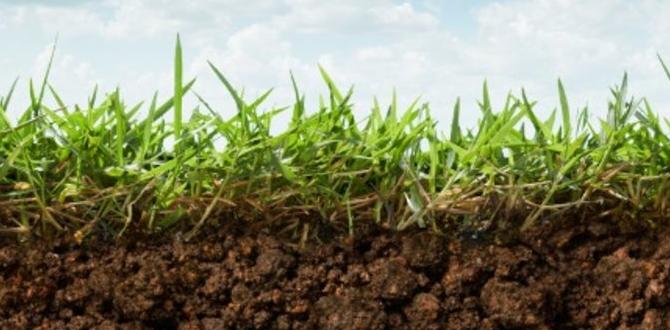
Good soil is the heart of your raised garden bed. The right soil mix helps plants grow strong. A great mix includes 1 part compost, 1 part peat moss, and 1 part vermiculite or perlite. This mix drains well and holds moisture. Adding soil amendments like bone meal and blood meal brings extra nutrients. These help plants thrive and produce more fruits and veggies. Remember, healthy soil means happy plants!
What is the best soil mix for raised beds?
The best soil mix for raised beds is a combination of different materials. A mixture of compost, peat moss, and vermiculite works well. This mix provides nutrients and good drainage, helping your plants grow healthy.
Soil Mix Components
- 1 part compost
- 1 part peat moss
- 1 part vermiculite or perlite
Importance of Soil Amendments
Soil amendments like bone meal and blood meal enrich your soil. They help plants take in vitamins and minerals, boosting growth and yield.
Planting in Your Raised Beds
Crop selection and companion planting guidelines. Timing and methods for seeding or transplanting.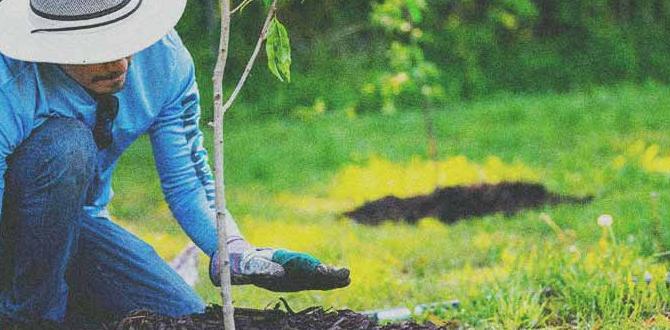
Choosing the right crops is like picking ice cream flavors—some just go better together! Plant carrots and onions side by side; they make great buddies in the garden. Always check the timing too. Some seeds like to party early in spring, while others prefer a summer shindig. Here’s a quick guide to help you plant:
| Crop | Best Planting Time | Companion |
|---|---|---|
| Tomatoes | After last frost | Basil |
| Beans | Late spring | Squash |
| Peppers | After last frost | Onions |
Seeds can be planted in rows, while transplants need room to grow. Keep your beds neat, and soon you’ll be munching on veggies like a champion gardener!
Maintenance and Care for Raised Beds
Watering techniques and frequency. Pest control and organic practices.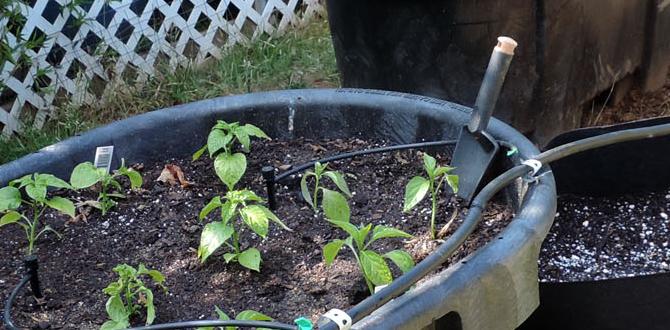
Raised beds need care to help plants grow strong. Proper watering is key. Water deeply but less often. This helps roots grow downward. Watch for pests. Use natural methods to control them. For example:
- Neem oil can help with bugs.
- Companion planting can keep pests away.
- Handpicking pests works too!
Regular checks help you spot problems early. Healthy, cared-for beds can give you tasty veggies!
How often should you water raised beds?
Water raised beds once or twice a week, depending on the weather. Hot days may need more water!
What are some organic pest control methods?
Natural sprays, like garlic or hot pepper, can keep pests away. They are safe for your garden!
Seasonal Considerations for Raised Beds
Winter preparation and crop rotation. Summer care and potential challenges.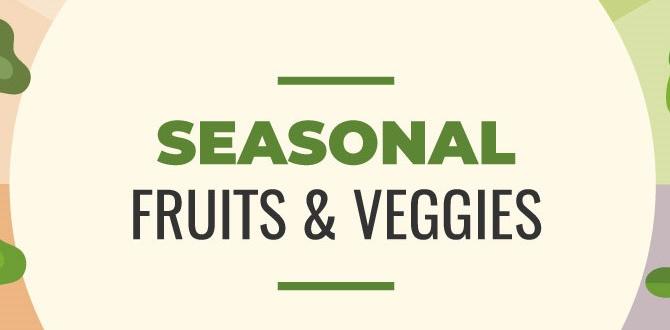
Winter isn’t just for hibernating! Your raised beds need some love too. Prepare them by adding compost, making them cozy for plants. Rotate crops each season. This keeps pests guessing and improves soil health. In summer, keep plants hydrated and watch out for weeds. They love a party in your garden! Remember, even plants have their off days. A little care goes a long way.
| Season | Key Actions | Challenges |
|---|---|---|
| Winter | Add compost and mulch | Pest management |
| Summer | Water regularly and weed | Heat stress |
Common Mistakes to Avoid
Overwatering and soil compaction issues. Choosing inappropriate materials or locations.Many gardeners make mistakes that can harm their raised beds. One common issue is overwatering. Too much water can lead to soggy soil and root rot. Another problem is soil compaction. Packed soil prevents roots from breathing. Choosing the wrong materials or placing the bed in a poor location can create trouble too. Always use good quality wood and avoid low spots that collect water.
What materials should I use for raised beds?
Use rot-resistant wood like cedar or treated lumber. Plastic or metal can also work, but avoid materials that leach chemicals.
Here are some tips:
- Check your location for sunlight.
- Ensure good drainage.
- Avoid low-lying areas.
Conclusion
In conclusion, making raised beds for gardening is easy and rewarding. Choose the right location and materials for your beds. Fill them with good soil to help plants grow. Remember to water and care for your garden regularly. Now, grab your tools and start building! You can find more tips online to keep learning. Happy gardening!FAQs
What Materials Are Best For Constructing Raised Garden Beds?The best materials for raised garden beds are wood, metal, and concrete. You can use untreated wood like cedar or redwood. They last a long time and won’t harm the soil. Metal like galvanized steel is strong and looks nice too. Concrete blocks are also great, and they are very sturdy. Pick a material that is safe and good for growing plants!
How Deep Should Raised Garden Beds Be For Optimal Plant Growth?Raised garden beds should be at least 12 inches deep for most plants. This depth lets roots grow well and find nutrients. If you want to grow deep-rooted plants, like carrots, make the beds 18 to 24 inches deep. Remember, the deeper the bed, the better the plants can grow!
What Is The Ideal Size And Dimension For A Raised Bed To Ensure Ease Of Access And Proper Drainage?An ideal raised bed is 4 feet wide. This way, you can reach all parts without stretching too much. It should be about 6 to 12 inches deep. This depth helps with drainage and makes it easier for plants to grow. You can make it any length you want, but keep it easy to access!
How Do I Prepare The Soil Mix For Filling A Raised Garden Bed?To prepare soil for your raised garden bed, gather three main ingredients: garden soil, compost, and peat moss. You can use a bucket or wheelbarrow to mix them together. Aim for one part garden soil, one part compost, and one part peat moss. This mix helps plants grow strong and healthy. Finally, fill your raised bed with the soil mix and smooth it out with a rake.
Are There Any Specific Considerations For Placing Raised Beds In My Garden, Such As Sunlight And Drainage?Yes, you should think about sunlight and drainage when placing raised beds. Make sure your raised beds get at least 6 hours of sunlight each day. Avoid spots where water collects, as plants need good drainage. Placing them on a slight slope can help water flow away.


